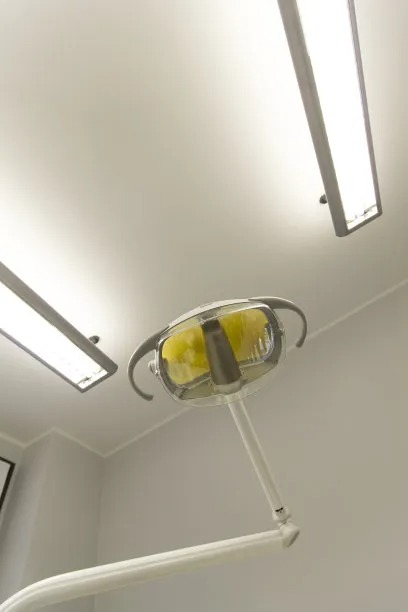Essential Precautions to Take Before and After Your Dental Filling for Optimal Oral Health
Summary: Dental fillings are essential for restoring tooth health, but proper precautions before and after the procedure can greatly enhance the efficacy of the treatment. This article will discuss crucial steps you should take prior to getting a filling, preparations for your dental visit, care during the recovery period, and long-term oral hygiene practices. By adhering to these essential precautions, you can ensure a smoother experience and maintain optimal oral health following your dental filling.
1. Preparing for Your Dental Appointment

Before you head to the dentist, preparation is key. Start by gathering any necessary documents, such as your dental insurance information and previous dental records. This can streamline the process, allowing your dentist to focus on your current needs. Make a list of any medications you are currently taking, including over-the-counter drugs, as this information can be crucial during your appointment.
Another important aspect of preparation is eating a balanced meal before your appointment. Ensure you consume something nutritious but not excessively heavy, as you may have a numb mouth after the procedure, making it difficult to eat for a while. Additionally, avoiding acidic foods can help maintain your comfort level during the process.
A final step in pre-appointment preparation is to mentally prepare yourself. Dental procedures can sometimes induce anxiety; consider practicing relaxation techniques, such as deep breathing, to ease your nerves. Being mentally prepared can lead to a more peaceful experience during your filling procedure.
2. Understanding the Filling Process
Once youve prepared for your appointment, it鈥檚 crucial to understand the filling process itself. Begin by consulting with your dentist about the type of filling that is best for your situation. Various materials, such as composite resin, amalgam, or porcelain, each have their benefits and risks, making it essential to discuss your options thoroughly.
During the process, your dentist will begin by numbing the area around the affected tooth. Its important to communicate any discomfort you feel during this time. Following anesthesia, the dentist will remove any decay and clean the cavity, then place the filling material. Understanding these steps can help you feel more in control, reducing anxiety as you go through the procedure.
Finally, after the filling is placed, your dentist will check the bite to ensure that it aligns properly. This is a crucial step as an improperly aligned filling may cause discomfort or complications later. Make sure to voice any concerns during this portion of the appointment to guarantee a comfortable outcome.
3. Post-Procedure Care for Your Filling
Following your dental filling, proper care is essential for optimal healing. Initially, avoid eating or drinking anything until the numbness from the anesthesia wears off. This helps prevent accidental biting of the cheeks or tongue, as well as ensures that you do not irritate the filling site too soon.
Once the numbness subsides, focus on consuming soft foods for at least the first 24 hours after the procedure. Foods such as yogurt, mashed potatoes, and smoothies allow you to nourish your body without putting unnecessary pressure on the new filling. Additionally, remember to avoid extremely hot or cold foods and beverages, as your tooth may be sensitive.
Maintaining excellent oral hygiene is also critical after your filling. Brush and floss delicately around the newly filled area to ensure that you do not disturb the filling while still keeping harmful bacteria at bay. Following your dentists aftercare instructions can greatly enhance the longevity and effectiveness of the filling.
4. Long-Term Oral Hygiene Practices
To ensure the long-term success of your dental filling, develop a consistent oral hygiene routine. Brush your teeth at least twice a day using fluoride toothpaste, which not only protects your teeth but can also strengthen the enamel around your filling. Remember to replace your toothbrush every three to four months for optimal hygiene.
Flossing daily should also become a non-negotiable part of your routine. It helps to remove plaque and food particles from areas that brushing alone cannot reach, reducing the risk of secondary cavities near your filling. If flossing proves difficult due to the filling, consider using specialized flossers or interdental brushes.
Lastly, schedule regular dental check-ups every six months. Professional cleanings and evaluations allow your dentist to monitor your oral health and catch any issues early. This proactive approach can prevent complications with your filling and ensure all aspects of your dental health remain optimal.
Summary:
Overall, taking essential precautions before and after your dental filling ensures your treatment leads to optimal oral health. By preparing adequately, understanding the filling process, adhering to post-procedure care, and committing to long-term practices, you can protect your investment in your dental health.
This article is compiled by Vickong Dental and the content is for reference only



